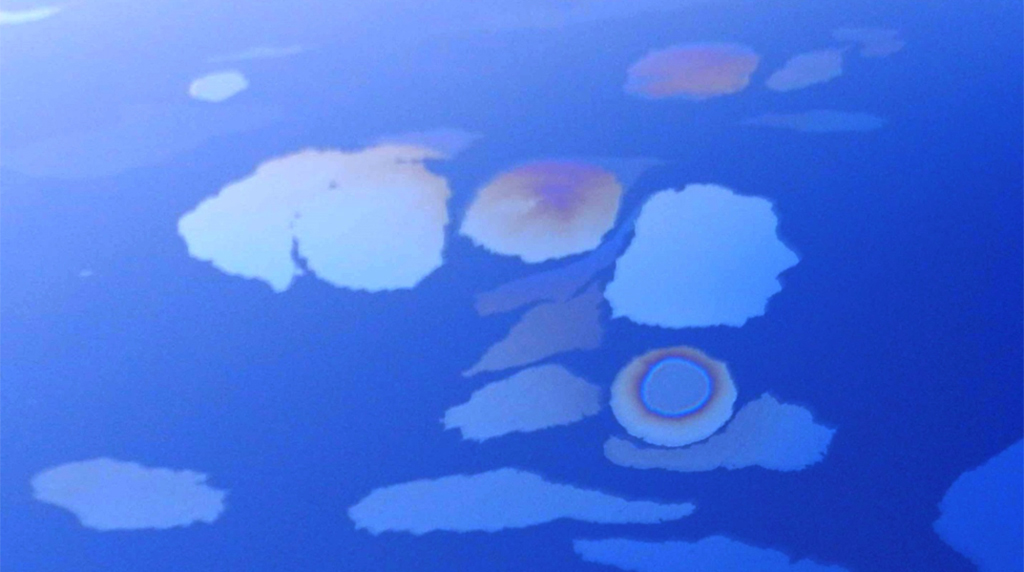August 23, 2019
Oceanic oil-degrading bacteria (microbes) play an important role in the fate of hydrocarbons (oil and gas) in the ocean worldwide. A hotspot of oil-degrading microbes exists in the Northern Gulf of Mexico, where at least 914 natural hydrocarbon seep zones exist and promote the growth of these specialized microbial communities, equipped to break down low to moderate levels of oil and gas.
During the Deepwater Horizon spill in 2010, the volume of oil discharged into the northern Gulf overshadowed that from natural oil and gas inputs, and deep-water plumes of oil and gas selected for highly active oil-degrading microbial communities that were very different from those found in non-plume deep waters. The addition of dispersants such as Corexit to the deep-water plumes and surface oil slicks provided an additional carbon source for microbial populations and also shaped microbial community compositions, selecting for microbes that were distinct from locations were Corexit was not applied.
All oceanic oil-degrading microbes produce a large amount of exopolymeric substances (EPS; commonly known as biofilms) when in the presence of oil and gas, which enhances their ability to break down the hydrocarbons. ECOGIG researchers Kai Ziervogel, Samantha Joye, Uta Passow and Carol Arnosti, along with collaborators Sara Kleindienst, Sairah Malkin and Andrew Steen were interested in the amount of EPS produced by oil-degrading microbial communities under various conditions and how much of it was degraded. They conducted incubation experiments in the laboratory with microbial communities taken from a natural oil seep in the Gulf of Mexico to investigate what types of exopolymeric substances (EPS) were produced and degraded in different treatments - some incubations were exposed to oil and Corexit in order to produce conditions silmilar to what microbial communities experienced during the Deepwater Horizon spill. The researchers found that microbial communities not directly involved with oil degradation use only a fraction of the EPS produced as a food source. The EPS are somewhat resistant against immediate breakdown by other microbial communities, particularly in the deep ocean. This EPS instead accumulates and helps to form a sticky matrix that collects oil, also known as marine oil snow. Marine oil snow is one of the dominant pathways of transporting oil from the water column to the sea floor, and has major consequences for the fate of oil that is spilled in the ocean.
To read the entire study, you can access the paper online here.


















 back to top
back to top